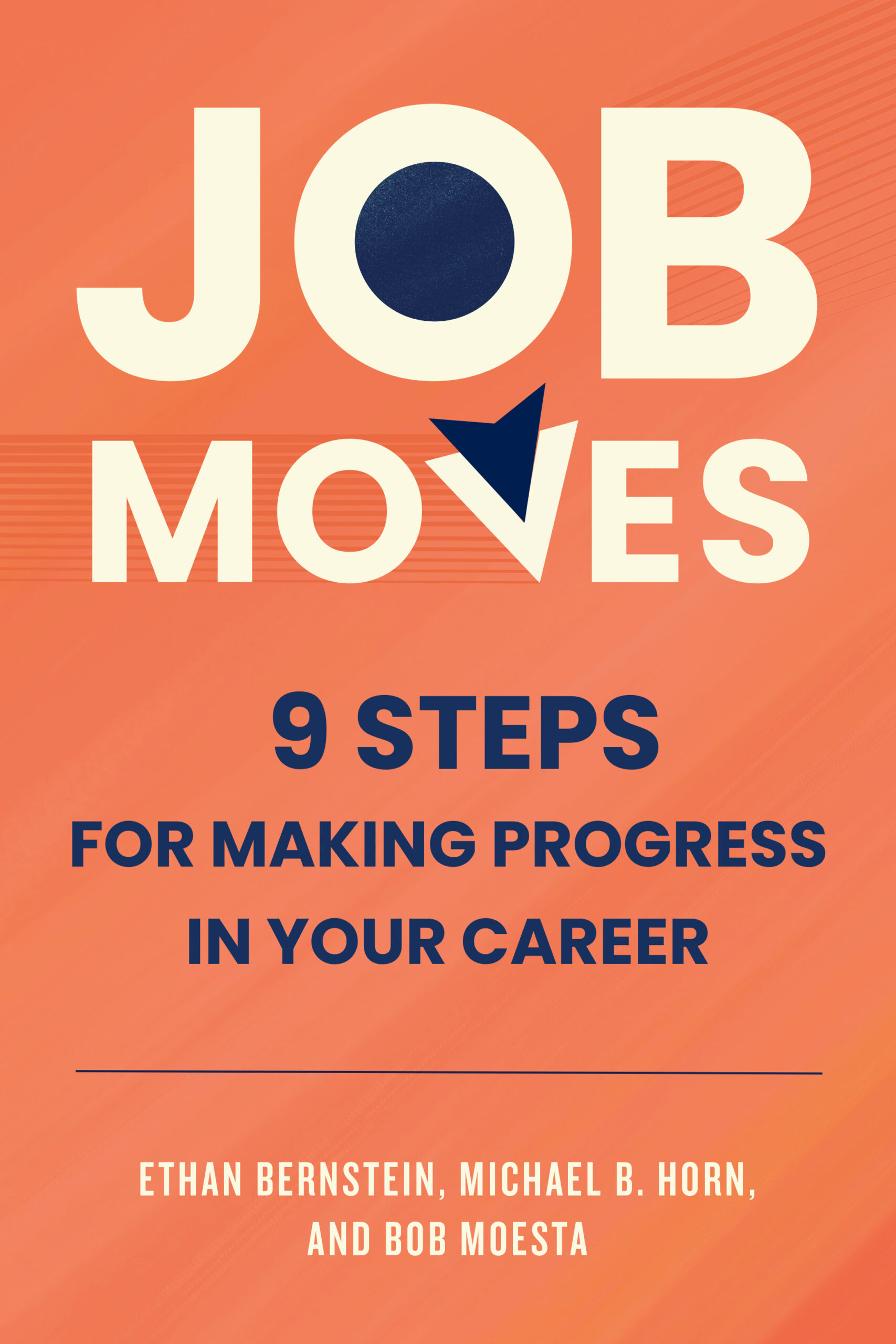Improve How you Design and Market Your School: The Real Reason Students Enroll
In every sector, more than 75 percent of all new products and services fail. In your own life, you have probably experienced frustration as companies take an established and beloved product or service and add features that are at best, irrelevant to you or, at worst, make the service more complicated to use and more expensive. From your perch at a college or university, you have likely been frustrated as prospective, current, and past students gave you feedback that did not seem to improve your program’s outcomes.
The reason for these struggles is not because organizations have forgotten to collect enough data or listened hard enough to their customers. We have more “big data” than ever before and yet the professionals designing products and services miss just as often. Organizations similarly spend more hours and dollars on focus groups and innovative ways to listen to their users and customers in an effort to improve what they offer. They load up on features, luxuries, discounts, and glitzy marketing messages. Yet, the swings and misses keep on coming.
Organizations miss because the common techniques for creating something new fail to capture the root causes for why users consume and the actual context in which they do so that forces people to make tradeoffs.
As individuals, we typically just find ourselves having to get things done. We all have “jobs to be done” in our lives—the progress that we are trying to make in a particular circumstance.
In my upcoming book with Bob Moesta titled Choosing College (Jossey Bass, September 2019), we dive deep into research that reveals the causal reasons why students enroll in colleges and universities to offer students and parents sound advice for how to choose school—as well as important guidance for institutions on how to design the experiences they offer students to bolster their chances of success.

0 comments